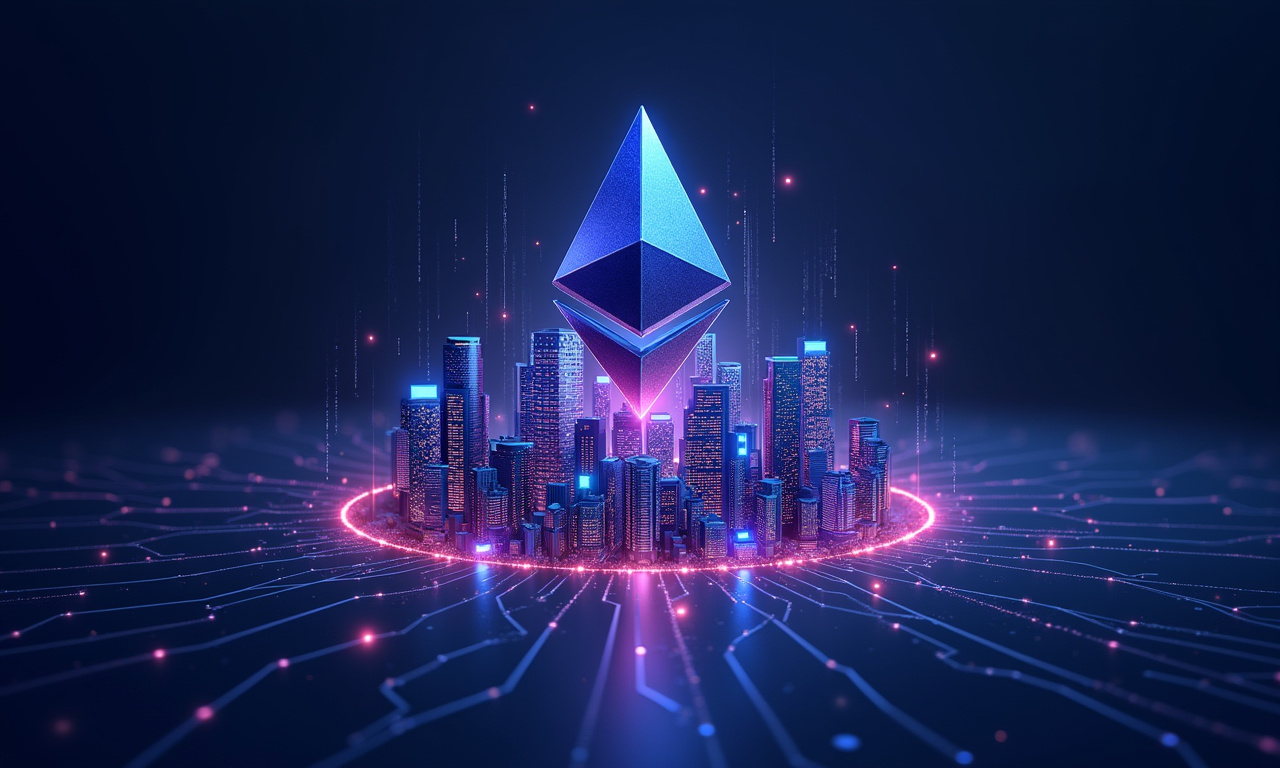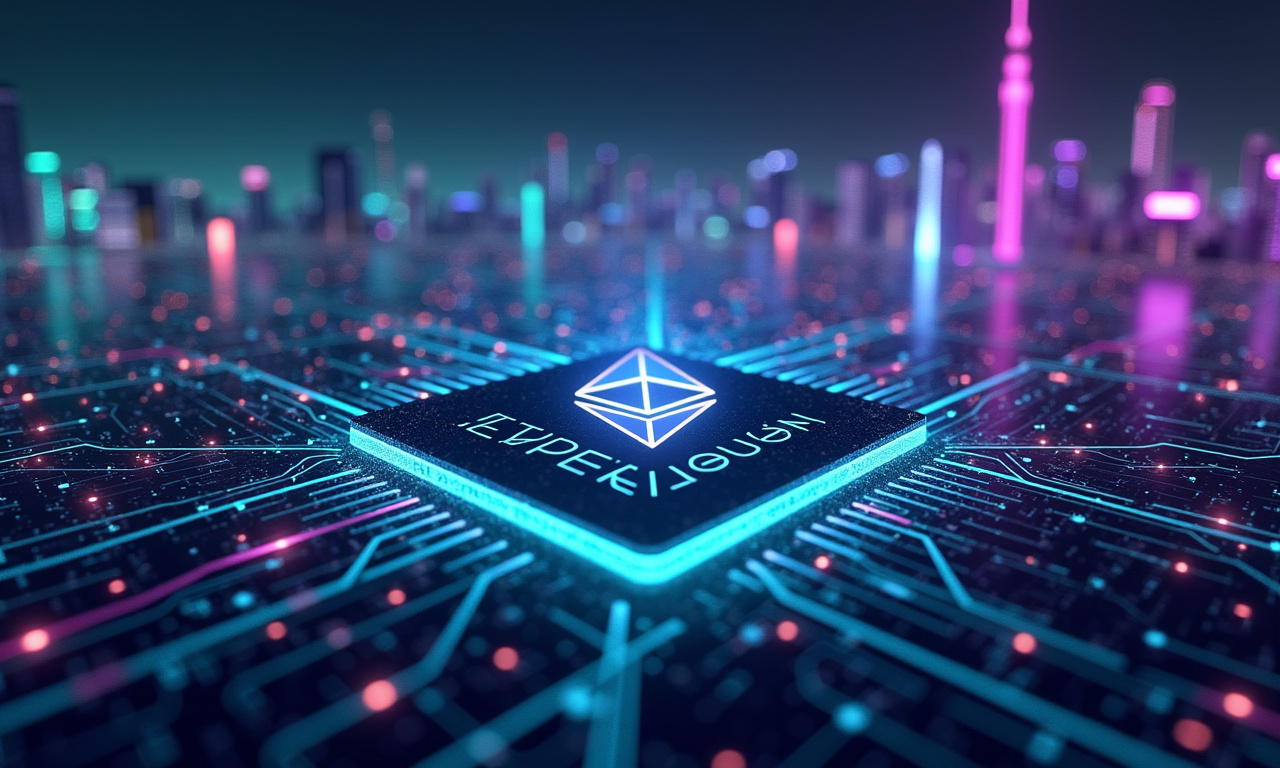A decade ago, Ethereum’s genesis block set in motion a worldwide transformation. Yet it has grown from an academic dream to a worldwide backbone that is reshaping the media world. The project, spearheaded by Vitalik Buterin, has navigated numerous challenges, from technical hurdles and security vulnerabilities to philosophical debates about decentralization and governance. Ethereum is about to start its second decade and there are very exciting things on the way. Specifically, it is turning its attention away from theoretical development to real-world impact and wider adoption.
Ethereum has experienced historic achievements at every stage of its development. ETH, for instance, launched its mainnet in July 2015 and subsequently saw the development of Layer 2 (L2) solutions. Our original, centralized “one-chain governance” model has transformed into a lively, decentralized and democratic “multi-chain federation.” Today, each L2 has its own governance, economic framework, and community culture. While this decentralized method has encouraged innovation and helped early deployment to cities ready to scale, it has created challenges in unifying and managing a new, varied ecosystem.
Yet the journey has not been without its trials. The 2016 "The DAO" incident, a project hailed as "the largest crowdfunding experiment in human history," exposed critical vulnerabilities in smart contract security. Even after facing these challenges, Ethereum has persisted and pushed forward willing to adapt and evolve, thanks in part to a worldwide community of developers and researchers. The Ethereum community is the future of the technology. The goal is to make scalability, security, and user experience improvements to achieve wider adoption and real-world use cases.
Genesis and Early Challenges
Vitalik Buterin’s path to developing Ethereum started back in 2013, deeply inspired by Bitcoin and its shortcomings. After a 22-mile walk through San Francisco, he reached an epiphany. It was in the midst of this time that he created the vision for a far more versatile blockchain platform. It’s this vision that inspired the creation of Ethereum. This universal platform is designed to empower a wide range of innovative, decentralized applications (dApps).
Ethereum’s mainnet launch on July 30, 2015 was an important milestone in blockchain as a whole. Those early days were filled with technical hurdles. The Solidity language that we were using to write smart contracts was still in its early days.
The immaturity of the Solidity language meant that the compiler went through a lot of bizarre bugs. Often, securing smart contracts relied on the individual experience of developers, leaving room for potential exploits.
The DAO and the Decentralization Debate
In May 2016, “The DAO” (Decentralized Autonomous Organization) was launched on Ethereum. It gained rapid attention as an exciting new experiment in radically decentralized governance. The ambitious project broke records, raising $150 million in ETH in just 28 days. This sum represented a huge 14% to 15% of all Ethereum in existence at that point. The DAO’s stated purpose was to establish a large decentralized venture fund, where token holders could vote on which startups to fund.
The DAO's success was short-lived. Attackers rapidly exploited a critical vulnerability in the smart contract code. Consequently, that means they ended up stealing a boat-load of ETH. This incident led to one of the most contentious debates in the history of Ethereum, over the best course of action.
"I spent the night sleepless, repeatedly thinking about what true decentralization is. If we can modify history at will, how is Ethereum different from a traditional database? But if we watch the attacker take away the community's funds, how do we face those who trust us?" - Vitalik Buterin
The Ethereum community took the very brave decision to hard fork the Ethereum blockchain to restore the stolen funds. This controversial move led to the formation of Ethereum Classic (ETC), which adhered to the principle of immutability. This event served as a stark example of the tension between the principles of decentralization and the logistical necessity of swift, centralized action during times of extreme crisis.
"We learned a cruel truth—absolute decentralization is a beautiful ideal, but in the real world, we must find a balance between pure principles and human needs." - Vitalik Buterin
Scaling Solutions and the Multi-Chain Future
As Ethereum gained users and developers, their need for scalability began to really weigh on Ethereum’s shoulders. The network’s transaction processing power was maxed out, causing fees to spike and confirmation times to slow. Innovators didn’t waste any time beginning to address these problems. They started looking now at Layer 2 (L2) scaling solutions that work on top of the Ethereum mainnet.
Layer-2 solutions such as Optimistic Rollups and ZK-Rollups batch several transactions together into a single one. This single transaction is not processed individually on the mainnet, which hugely increases throughput and reduces fees. The expansion of l2s has opened up the “multi-chain federation” model. Now, each L2 has its own governance mechanism, economic model, and community culture.
The latest Ethereum upgrade, EIP-4844, slashed Layer 2 fees by an additional 90% with the introduction of blobs. These blobs intentionally block arbitrary data from being written to the Ethereum mainnet for long periods. Each optimization increases the efficiency of data storage and dramatically reduces one’s costs.
In a recent post, Ethereum co-founder Vitalik Buterin breaks down the impact of EIP-4844. He explained that now Ethereum has 3 blobs per slot, each slot has 384 kB of data bandwidth, that’s 32 kB/sec. And given that each on-chain transaction is expected to be around 150 bytes including signatures, that’s only ~210 tx /sec.
Account Abstraction and User Experience
One of the other major focus areas for Ethereum has been user experience. Traditional Ethereum accounts as we know them are built on the EOA model, meaning users have to be the ones who own their private keys. However, this may be clunky and unsafe, since losing the private key could result in loss of account access. Account abstraction takes a big-picture approach to address these challenges. It allows end users to generate accounts based on smart contracts that give them novel means of security and recovery.
In 2015, EIP-101 became the first to detail a vision for contract based accounts. Fast forward to 2018, when EIP-859 went further to formalize support for contract wallets at deployment. These early proposals ran into technical challenges and didn’t catch on broadly.
ERC-4337, which was originally proposed in 2021, fulfilled the promise of account abstraction in 2023 by working around the need for protocol layer changes altogether. This enables powerful features like social recovery, multi-signature authorization, and spending limits, which greatly enhance Ethereum’s usability and security.
Balancing Inflation and Security
Ethereum has been doing its own version of this inflation vs security balancing act. In its initial launch, Ethereum operated on a Proof-of-Work (PoW) consensus model. In order for miners to have incentive to validate transactions and secure the network, miners had to expend tremendous amounts of energy. To encourage the miners producing blocks, Ethereum mined ETH block rewards in the beginning, starting with 5 ETH per block.
Eventually, Ethereum wanted to settle on a sweet spot between inflation and security. It did so in part by reducing the block reward from 5 ETH per block to 3 ETH. They also slowed the rate of new ETH creation by burning a portion of transaction fees. Even with this approach, miners are still adequately incentivized to secure the network.
This change was made with the Merge, a historic upgrade finalized in September 2022 that moved Ethereum away from PoW and into a PoS environment. As a result, Ethereum’s energy consumption dropped by 99.95%, putting to rest environmental concerns and setting the stage for future scaling innovations.
"The Merge reduces Ethereum's energy consumption by 99.95%, not only meeting the environmental requirements of regulators and investment institutions but also laying the groundwork for future sharding expansion and further optimization of the beacon chain, truly achieving the transition from 'mining equals security' to 'staking equals governance'." - No direct quote source
Looking Ahead: Ethereum's Next Decade
As Ethereum moves into its second decade, new challenges and opportunities lie ahead. Vitalik Buterin posed a profound question at EDCON on July 30, 2024, reflecting on the project's progress and future direction.
"The past ten years of Ethereum have been a decade focused on theory, and by 2024, we have this technology. In the next ten years, we really must change our focus, not only considering L1 but truly thinking about what impact we are actually having on the world." - Vitalik Buterin
Ethereum’s success can be measured by its ability to tackle these issues and realize its potential. This involves making things more scalable, user-friendly, and creating a rich ecosystem of decentralized applications.




